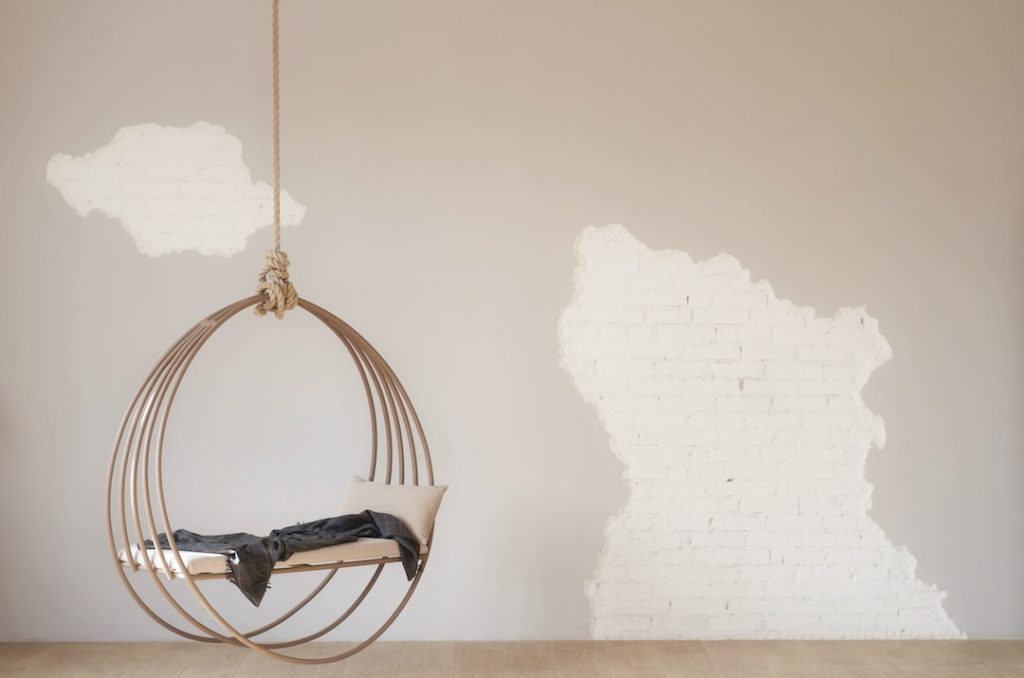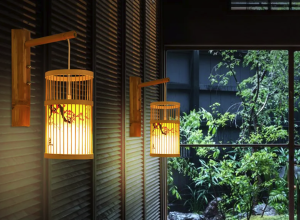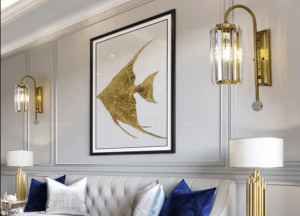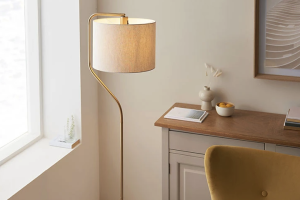The Mediterranean interior decoration style is known for its warm and inviting atmosphere, inspired by the coastal regions of Southern Europe, North Africa, and the Middle East. This style has a rich history that dates back thousands of years, with influences from various civilizations such as the Greeks, Romans, and Moors.
One of the key characteristics of Mediterranean interior decoration is its emphasis on natural elements and materials. This style often incorporates earthy tones, textured walls, and rustic furniture to create a warm and cozy ambiance. The use of vibrant colors, intricate patterns, and decorative accents also adds to the overall charm of Mediterranean interiors.
The Color Palette of the Mediterranean Style
The color palette of Mediterranean interior decoration is inspired by the natural beauty of the region. Earthy tones such as terracotta, sandy beige, and olive green are commonly used to create a warm and inviting atmosphere. These colors can be incorporated into your home through paint colors on the walls, furniture upholstery, or decorative accents such as curtains and pillows.
In addition to earthy tones, Mediterranean interiors also feature vibrant pops of color. Shades of blue, inspired by the sea and sky, are often used to add a refreshing touch to the space. This can be achieved through accessories such as artwork, vases, or even a statement piece of furniture.
Natural Elements in Mediterranean Interior Decoration
The use of natural materials is a key characteristic of Mediterranean interior decoration. Wood, stone, and clay are commonly used to create a rustic and organic feel in the space. These materials can be incorporated into your décor through furniture pieces such as wooden tables or chairs, stone countertops or flooring, and clay pots or vases.
To enhance the natural elements in your home, consider adding texture to your walls. Textured walls can be achieved through techniques such as stucco or plaster finishes. This not only adds visual interest but also creates a tactile experience in the space.
Incorporating Tile and Mosaic Patterns into Your Décor
Tile and mosaic patterns are another hallmark of Mediterranean interior decoration. These intricate designs can be found on floors, walls, and even furniture pieces. The use of tile and mosaic patterns adds a touch of elegance and sophistication to the space.
To incorporate these patterns into your home, consider using decorative tiles on your kitchen backsplash or bathroom walls. You can also add mosaic patterns to your furniture pieces, such as a coffee table or side table. These patterns can be found in a variety of colors and designs, allowing you to choose one that complements your overall décor.
Mediterranean Furniture and Textile Choices
When it comes to furniture choices in Mediterranean interior decoration, the emphasis is on comfort and functionality. Furniture pieces are often made from natural materials such as wood or wrought iron, with a rustic and weathered look. The use of curved lines and ornate details adds to the overall charm of the space.
In terms of textiles, Mediterranean interiors often feature rich and luxurious fabrics. Curtains, rugs, and pillows are commonly made from materials such as silk, velvet, or linen. These textiles add texture and warmth to the space, while also providing a cozy and inviting atmosphere.
Lighting in Mediterranean Style Homes

Lighting plays a crucial role in Mediterranean interior decoration. The goal is to create a warm and inviting ambiance by using a combination of natural and artificial light sources. Large windows are often used to allow natural light to flood the space during the day.
In addition to natural light, artificial lighting is used strategically to enhance the overall atmosphere. Chandeliers, pendant lights, and wall sconces are commonly used to create a soft and warm glow in the space. Consider using warm-toned light bulbs to achieve the desired effect.
Creating a Mediterranean Kitchen
A Mediterranean kitchen is characterized by its warm and inviting atmosphere, as well as its emphasis on functionality. The use of natural materials such as wood and stone is common in Mediterranean kitchens. Consider using wooden cabinets, stone countertops, and a farmhouse sink to create a rustic and organic feel.
To add a touch of elegance, consider incorporating decorative tile patterns on your kitchen backsplash or flooring. These patterns can be found in a variety of colors and designs, allowing you to choose one that complements your overall décor.
Adding Mediterranean Accents to Your Bathroom
A Mediterranean bathroom is characterized by its luxurious and spa-like atmosphere. The use of natural materials such as stone and tile is common in Mediterranean bathrooms. Consider using stone countertops, a tiled shower or bathtub surround, and a mosaic tile floor to create a serene and relaxing space.
To enhance the overall ambiance, consider adding decorative accents such as candles, plants, or artwork. These elements can add a touch of elegance and sophistication to the space.
Mediterranean Style Outdoor Living Spaces
A Mediterranean-style outdoor living space is characterized by its warm and inviting atmosphere, as well as its emphasis on natural elements. The use of natural materials such as wood, stone, and clay is common in Mediterranean outdoor spaces.
Consider using wooden furniture, stone pavers or flooring, and clay pots or planters to create a rustic and organic feel. To enhance the overall ambiance, consider adding decorative elements such as string lights, lanterns, or a water feature.
Tips for Achieving a Cozy and Inviting Mediterranean Home
To create a cozy and inviting Mediterranean home, consider the following tips:
1. Embrace natural materials: Incorporate natural materials such as wood, stone, and clay into your décor to create a warm and organic feel.
2. Use warm colors: Choose earthy tones such as terracotta, sandy beige, and olive green to create a cozy atmosphere.
3. Add texture: Use textured walls, rugs, and textiles to add visual interest and create a tactile experience in the space.
4. Incorporate tile and mosaic patterns: Use decorative tiles or mosaic patterns on your floors, walls, or furniture pieces to add elegance and sophistication.
5. Pay attention to lighting: Use a combination of natural and artificial lighting to create a warm and inviting ambiance.
By incorporating these tips into your home, you can create a cozy and inviting Mediterranean oasis that will transport you to the coastal regions of Southern Europe, North Africa, and the Middle East.






More Stories
The Elegance of Spiral Staircase Chandeliers: A Perfect Blend of Form and Function
The Elegance of Sconce Hallways: Illuminating Your Passages with Style
Illuminate Your Space with Adjustable Wall Lights in the UK